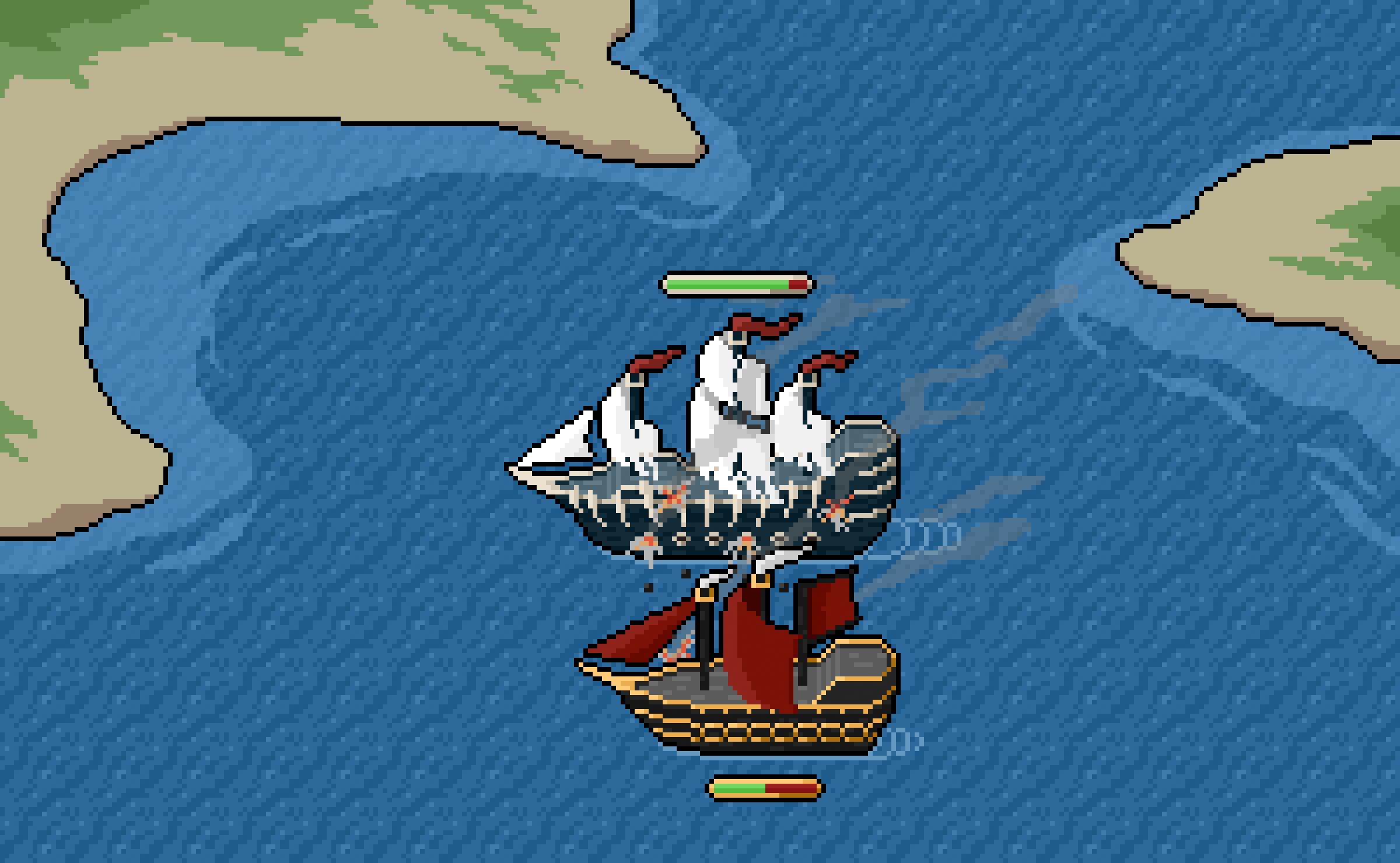
The original idea was creating a fully functional playable MMORPG game that took the Play in Play-2-Earn to a whole new level. The goal was to provide users with a multiplayer gaming experience as close to that of a traditional RPG flagship game, but layered with all of the utility and earning capabilities attributable to NFTs through staking.
“We must use time as a tool, not as a couch.” — John F. Kennedy
We’ve all grown up with the notion that “playing video games is a waste of time”, but with the adoption of NFTs, anyone can sit down, play a game, and actually be rewarded for it. For much of the past half year, the idle-gaming style projects have ruled supreme. But we believe that combining that concept with a fully immersive webgame can appeal to a far greater audience by empowering both investors and gamers to earn no matter how they play. With that in mind, we aimed to create a game that made playing worth your time.
I think we can all agree that NFT Projects have gone through various metas over the past half-year; from the first introduction of Play-2-Earn models and On-Chain gaming to the infinite derivative and 3D projects of every animal out there... the question that remains. What's next?
https://twitter.com/ryandcrypto/status/1491104071012732933?s=20&t=IwJZg7Koh-WiqHSOtA5QEQ
As both game creators and holders of a lot of previous projects, we’ve seen the ups and downs over the past year. From CyberKongz’ revolutionary passive income model and Anonymice’s on-chain gaming innovation to Ether Orcs creating the first portal to bridge assets onto L2 and save thousands in gas fees, gamified NFTs have proven to be surprisingly enjoyable. However, as players of many other games and genres outside of NFTs, we always ended up finding ourselves wanting more. So, when we saw how WorldWide Web and Sandbox established true online multiplayer games, we knew we could do it too.
When discussing design for the project, we actually began with one of our favorite games: Pokemon Ruby & Sapphire. Playing on such a small form factor like that of a Gameboy Advance SP, we could have never imagined a game as captivating as the Pokemon series. Moving onto the PvP portion, we drew some ideas from games like Piratopia, King of Seas, and Sea of Thieves.
It all came down to the following: Multiplayer. Big World. Quests. Booty. Damage. (a whole lot of it)

We love the current gamified niche in the NFT community, but there is a major issue that often gets glossed over that we need to acknowledge. NFT Games are meant to be Play-to-Earn, not Pay to Play to Earn. In the NFT Gaming world, there's a collective goal in creating a balance of total time spent and total yield. But given that the majority of current games are fully based around L1, the issue of paying excess gas fees has become more prominent as games progress. In an attempt to suppress this, a lot of projects have begun charging more for mint prices to try to maintain a higher floor price and justify spending all your hard earned Booty on simple interactions with their games.
Arguably one of the biggest issues in the NFT world is the lack of transparency and honesty among creators and developers. As much as it has provided the freedom and ability to remain pseudonymous, Crypto has also paved the way for scammers to run riot and prey on the weak with little to no repercussions. Between the mass marketing, the constant influencer shilling, and catchy ENS domain names, people lose sight of who is actually behind all these new projects. Tack on some wonky unverified contracts and disastrous IPFS reveals, and you’re in for one hell of a roller coaster ride. Fear not my fellow mates, for we whole heartedly believe in honesty, doxxing, and transparency in code. 🤝
Have you ever wondered what you’re really buying when you purchase a Bored Ape NFT? Contrary to belief, you’re not actually buying the art, rather a database entry(metadata) and a hyperlink that takes you to an image hosted on IPFS (database). In other words, that Non-Fungible-Token that you are buying that is supposedly unchangeable, can at any point, have its artwork changed by the owner/host of that database (in this case, the Bored Ape founders). Now while this may not bother most people, it does spark conversation about Intellectual Property ownership and begs the question, “What am I actually buying when I purchase an NFT?” But what if we could avoid externally hosted databases altogether and encode the artwork on the NFT token itself?
Well the solution is actually rather simple: On-Chain.